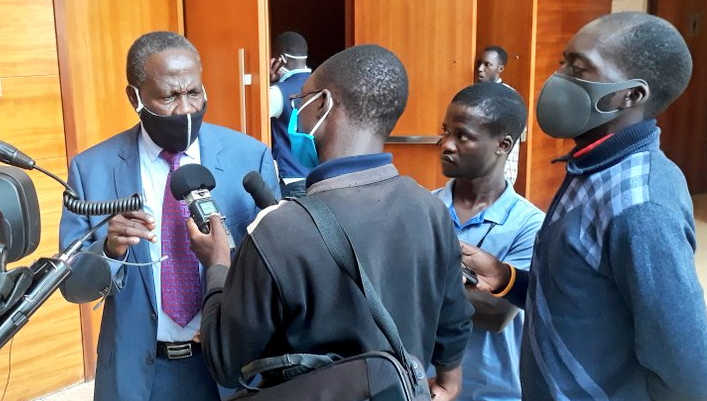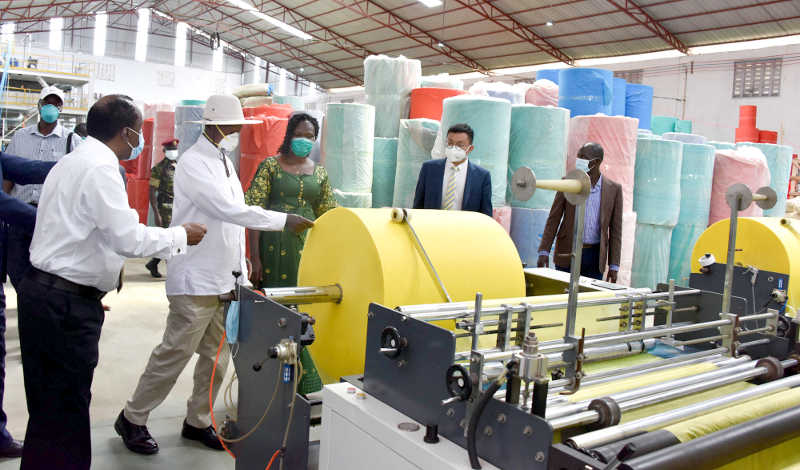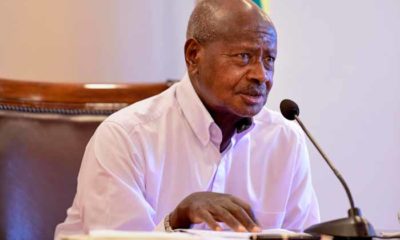Business
Uganda to change strategy in favour of import substitution

Uganda’s Finance Minister Matia Kasaija while speaking to journalists
It is increasingly becoming clear that the COVID-19 health crisis is having far-reaching implications on Uganda’s economy than it has had on the health sector alone.
With disruptions to people and cargo movements registered so far, the government is rethinking its economic strategy from exports promotion to import substitution to drive economic development.
Import substitution is an economic policy that encourages the establishment of industries to produce the bulk of goods that were previously being imported.
Minister of Finance Matia Kasaija told journalists this week that the government has changed tactics to pursue import substitution.
Kasaija says he will provide details of the government’s strategy in his address to the nation through Parliament on Tuesday next week.
The change in economic strategy is necessitated by increased difficulties in the movement of cargo, especially at Uganda’s borders, that come from the major industrialised countries particularly China.
For example, during the past month, as the government mounted an aggressive testing for drivers of cargo trucks at the main border points, motorists have had to spend up to five days in miles of queues at the border.
The recent launch of several of a few factories that were producing previously imported products by President Museveni has given new impetus to the import substitution drive.

President Yoweri Museveni commissioning Lida packaging, the makers of face masks and personal protective materials, that were previously imported
And as the country awaits the details of how it will implement its import substitution, in which it will show who the drivers will be, and how it will be financed, there are indications that reliance on foreigners, will be the primary goal of the plan.
While launching Lida Packaging’s Face Masks and Personal Protective materials for health workers in Mbalala Mukono district early this week, President sounded optimistic that the strategy will succeed because of the presence of raw materials.
Minister Kasaija has also hinted that his ministry is also considering lowering or removing some taxes as a way to stimulate economic activity and demand that have been badly hit by the economic realities of post-COVID-19 hardships.
Comments


























